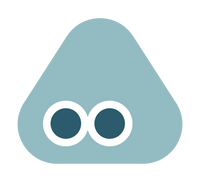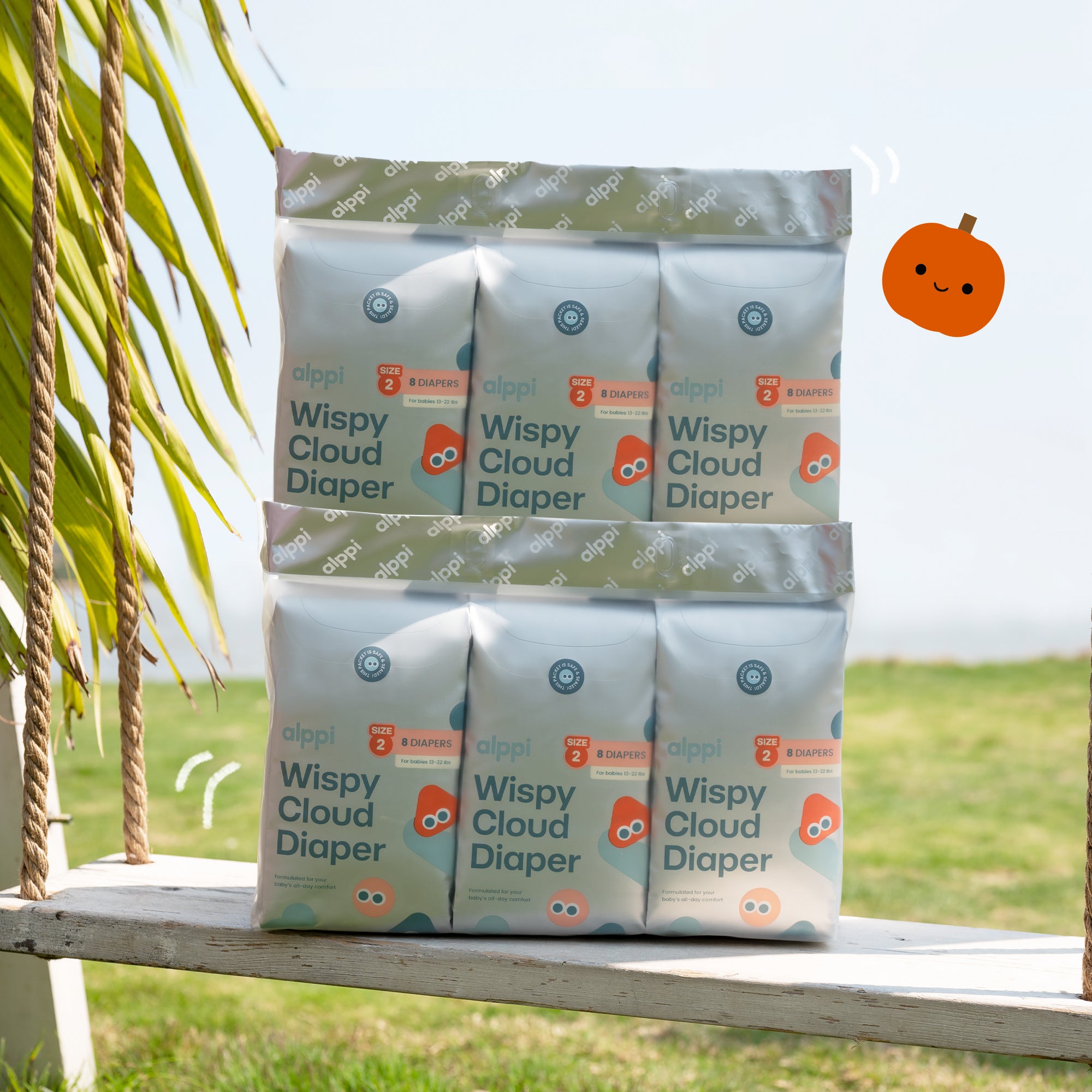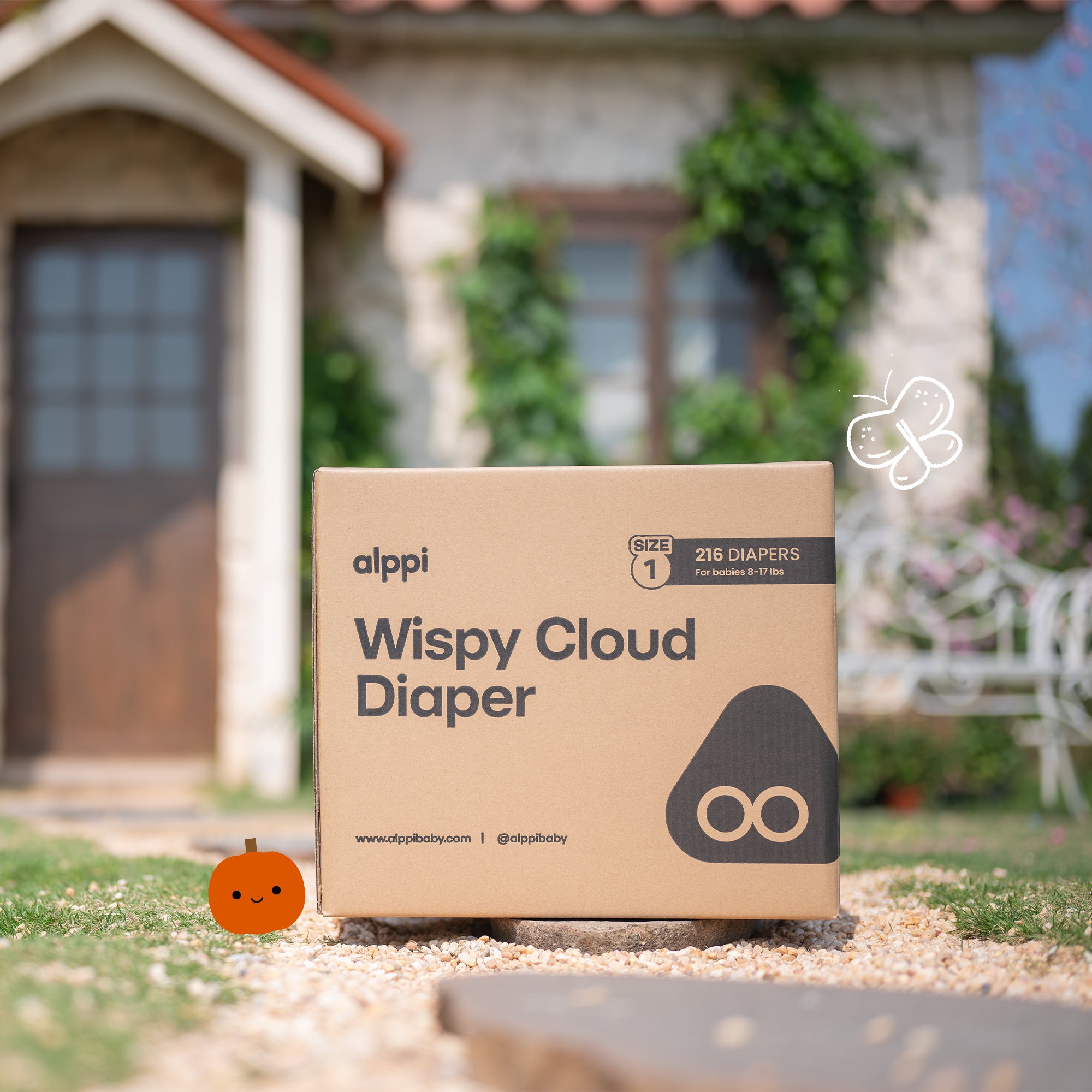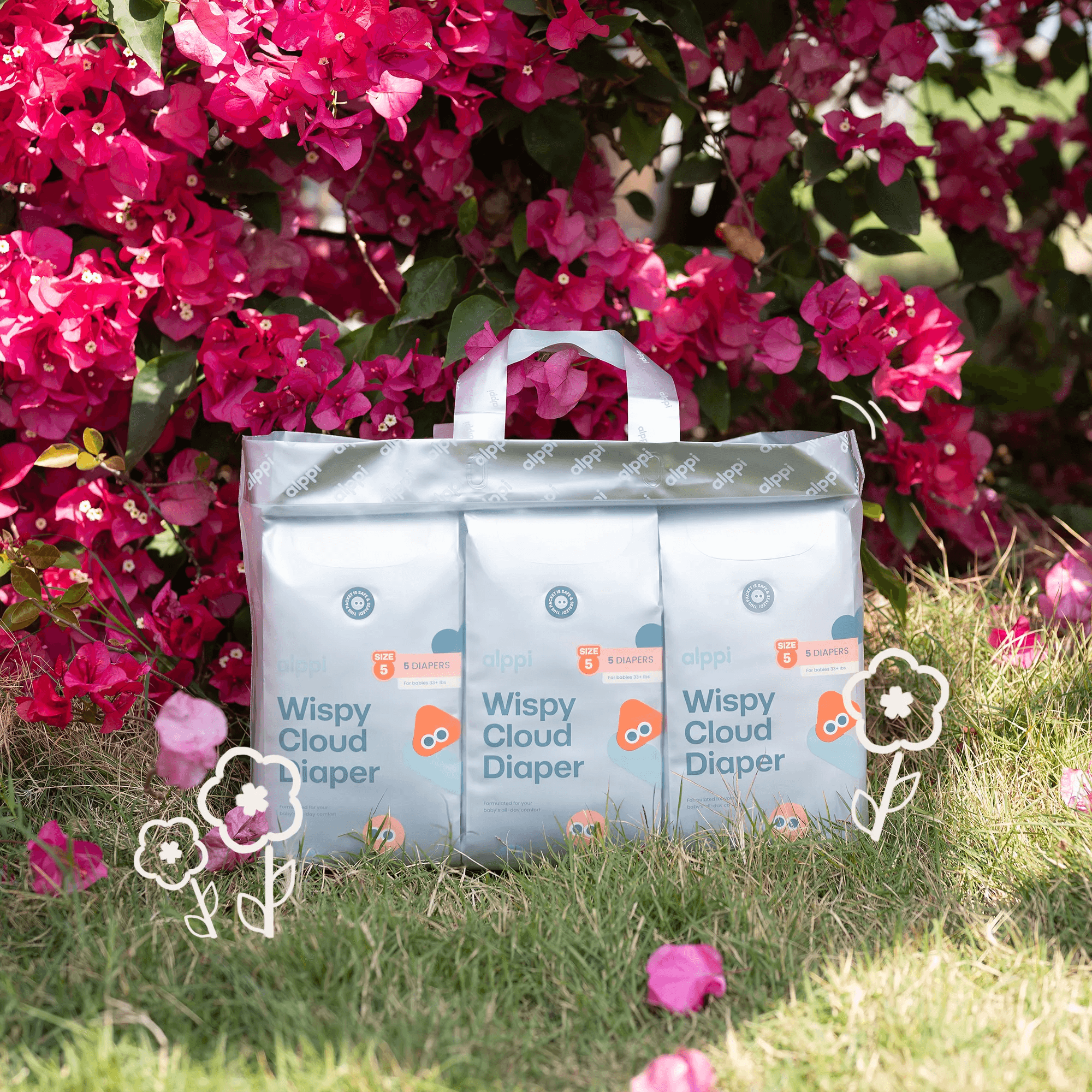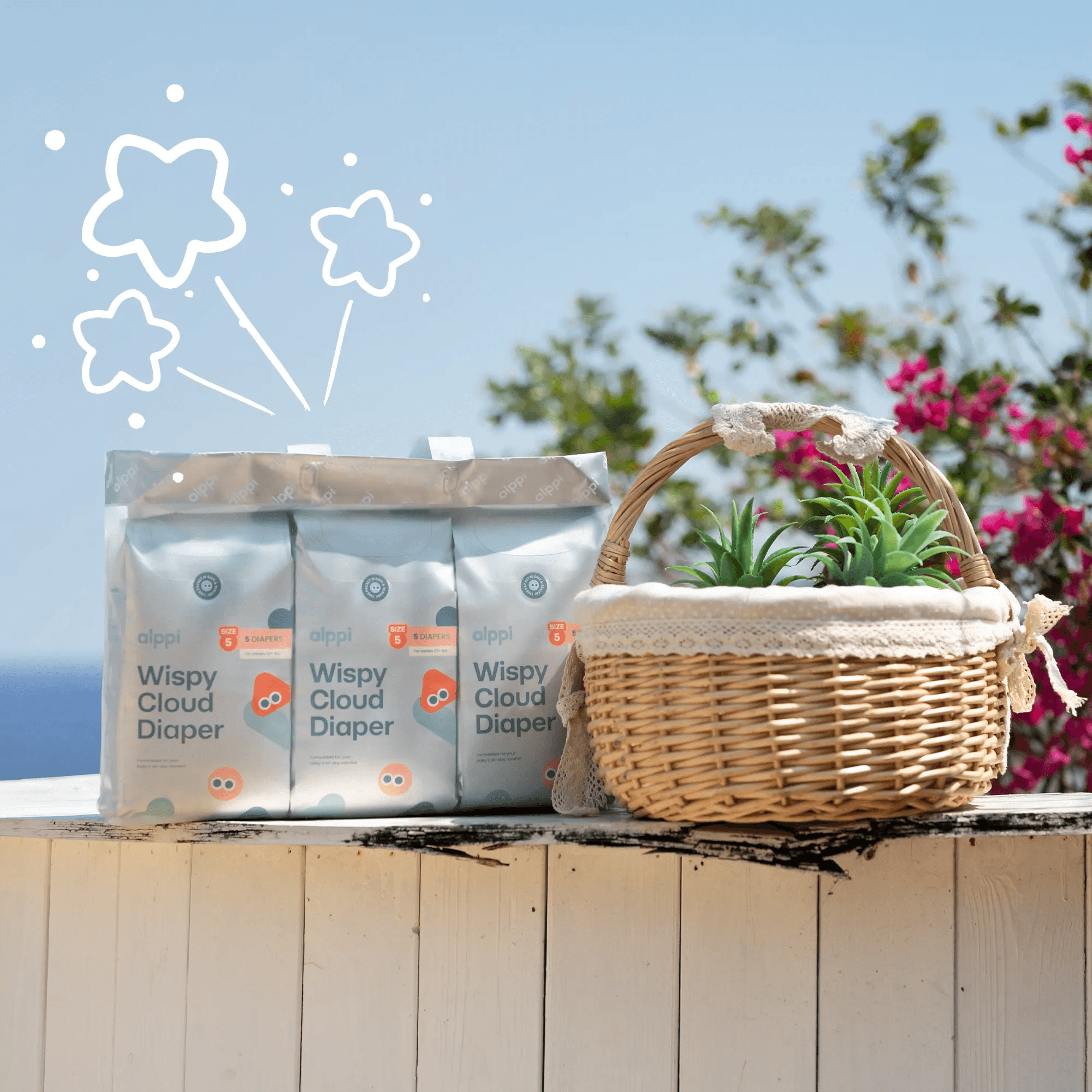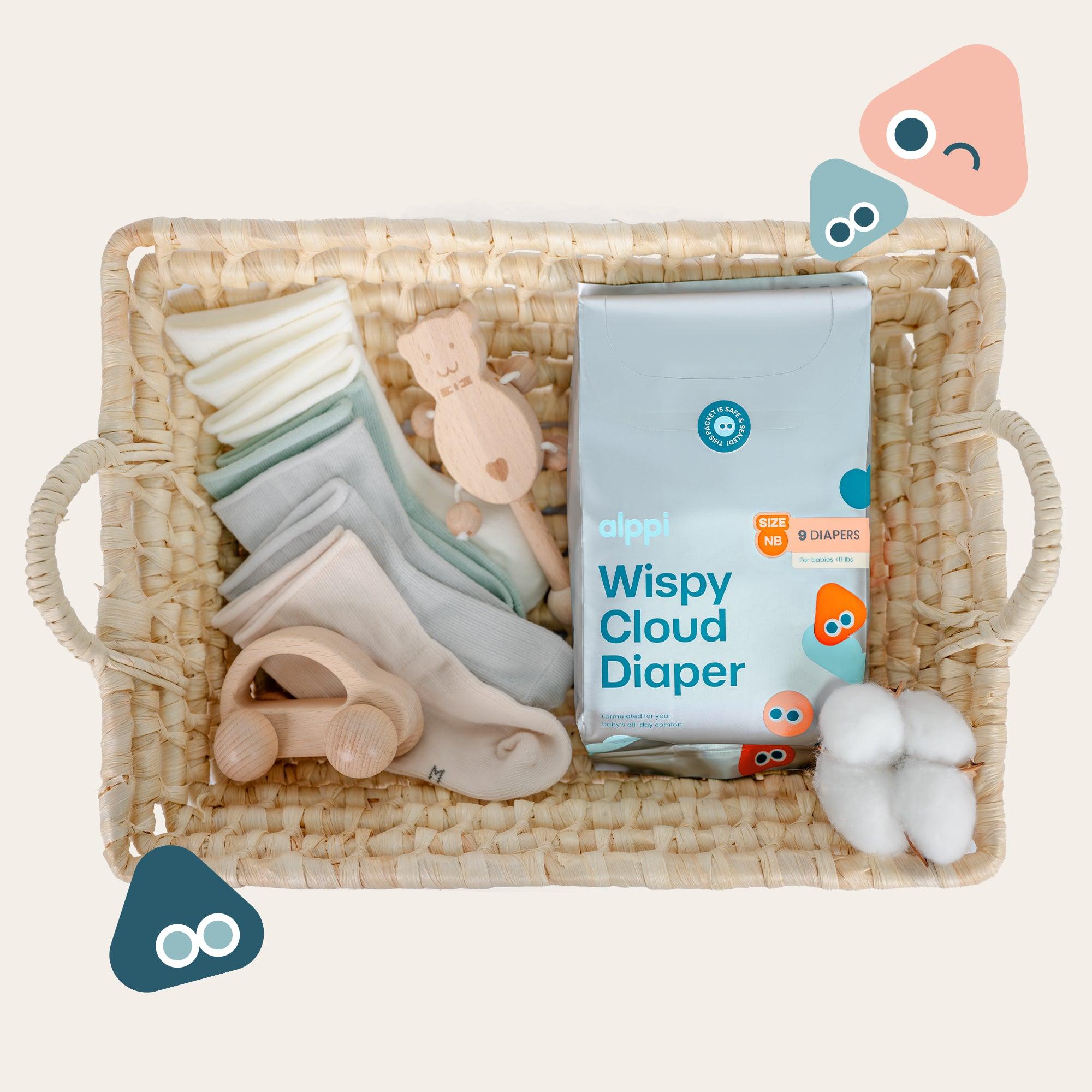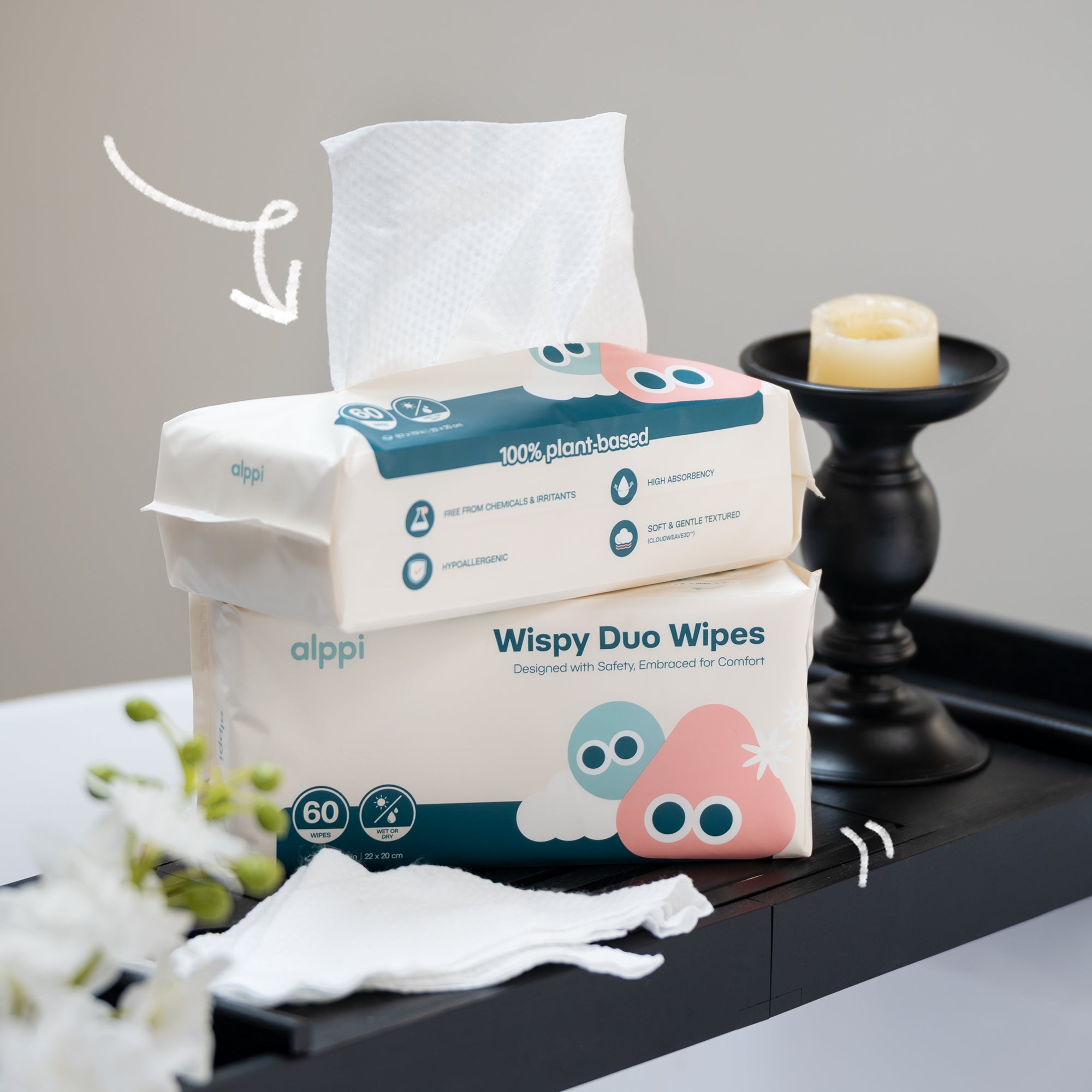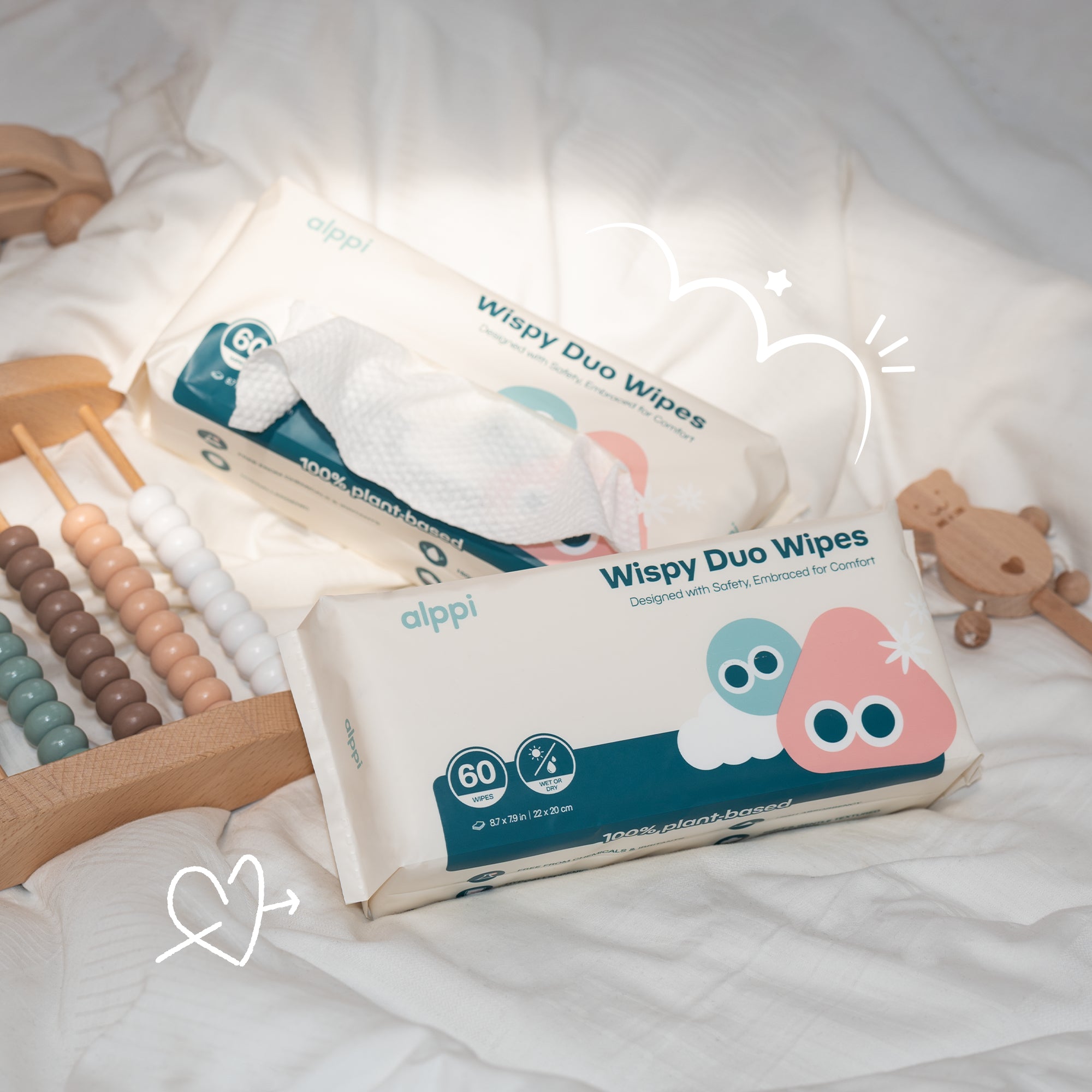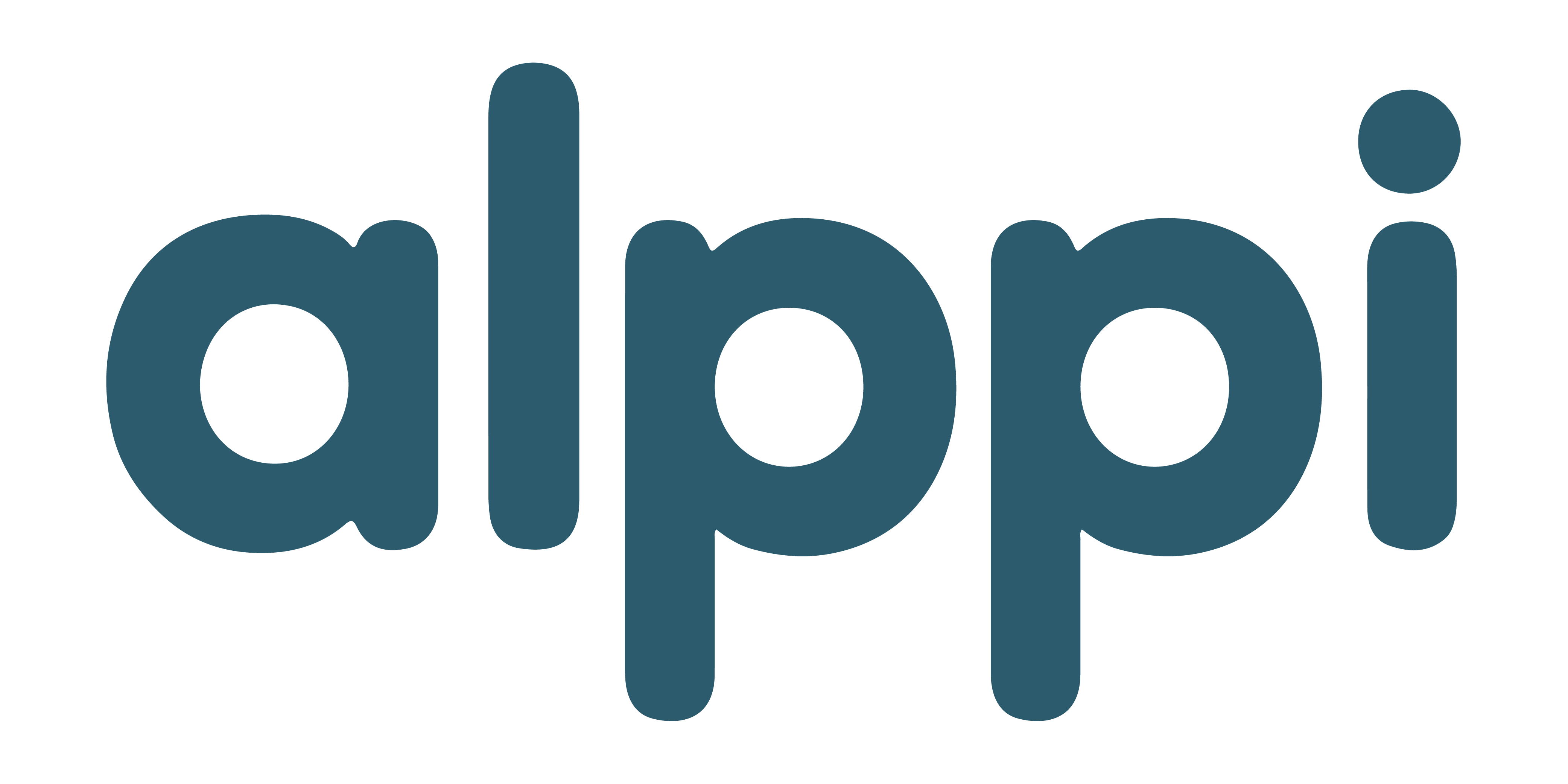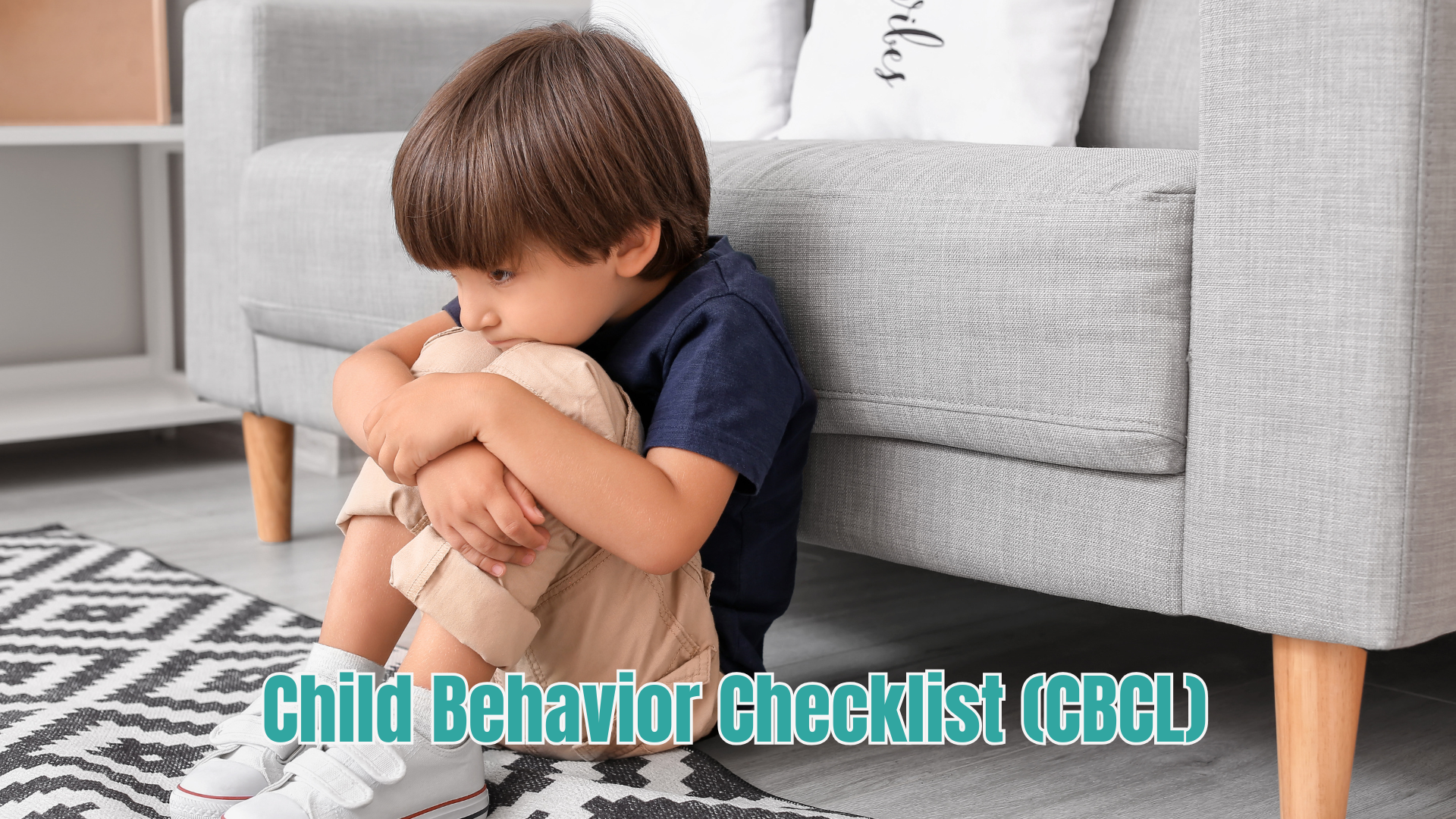Every parent wonders at some point if their child’s behavior is typical or something that might need a closer look. The Child Behavior Checklist (CBCL) is one of the most trusted tools used by psychologists, teachers, and parents to understand a child’s emotions and behaviors.
Developed through decades of research, it helps identify patterns that may be linked to emotional, social, or behavioral challenges. Learning how it works can help you feel more confident in supporting your child’s growth and emotional well-being.
Keep reading to discover how the CBCL can help you better understand your child’s needs.
What Is the Child Behavior Checklist (CBCL)?
The Child Behavior Checklist (CBCL) is a scientifically validated questionnaire that helps assess a child’s emotional and behavioral functioning. It was created by Dr. Thomas M. Achenbach at the University of Vermont as part of the Achenbach System of Empirically Based Assessment (ASEBA).
Parents or caregivers fill out the checklist by rating how often their child displays certain behaviors, such as worrying, arguing, or having trouble focusing. The results help professionals identify patterns that might point to emotional, social, or behavioral issues.
The CBCL is not a diagnosis but a guide that helps parents and professionals decide if further evaluation is needed.
Why the Child Behavior Checklist Matters for Parents
Understanding your child’s behavior can be challenging, especially when emotions or stress come into play. The CBCL gives parents a structured, research-based way to see what might be happening beneath the surface.
- It helps identify emotional or behavioral concerns early
- It provides a clear picture of a child’s strengths and struggles
- It allows professionals to track progress over time
- It supports communication between parents, teachers, and clinicians
If you’re exploring ways to understand your child’s emotions better, check out the article “What Is Gentle Parenting?”. It’s a great next read on how calm and kind communication can support your child’s growth.
How the Child Behavior Checklist Works
The CBCL has two main versions:
✔️ CBCL/1½–5: For preschool-aged children
✔️ CBCL/6–18: For school-aged children and teens
Each version includes statements about behaviors and emotions that parents rate as:
✔️ 0 = Not true
✔️ 1 = Somewhat or sometimes true
✔️ 2 = Very true or often true
It typically takes 15–20 minutes to complete and covers areas like anxiety, social skills, attention, and aggression.
How Professionals Use the Results
- Scores are converted into T-scores, which compare your child’s results to those of other children the same age and gender.
-
Results fall into three ranges:
- Normal range: T < 60
- Borderline range: T = 60–63
- Clinical range: T ≥ 64
- Professionals interpret these results to determine whether additional support or evaluation might be helpful.
CBCL vs. TRF: What’s the Difference?
The CBCL is completed by parents or caregivers, while the Teacher Report Form (TRF) is filled out by teachers. Both are part of the ASEBA system, which also includes the Youth Self-Report (YSR) for children aged 11–18.
✔️ CBCL: Focuses on how the child behaves at home and with family
✔️ TRF: Looks at behavior in school and social settings
✔️ YSR: Allows older children to describe their own feelings and behaviors
Together, these forms give professionals a full picture of a child’s emotional and behavioral world.
If you’re curious about how your parenting style affects your child’s behavior, don’t forget to browse “Finding Your Parenting Style: A Guide for New Parents.”
What Behaviors Does the Child Behavior Checklist Identify?

The CBCL identifies patterns across several areas of behavior, called syndrome scales. Each one represents a cluster of related behaviors or emotions.
For children ages 6–18, the CBCL measures:
✔️ Anxious/Depressed: Worrying, sadness, or fearfulness
✔️ Withdrawn/Depressed: Preferring to be alone or losing interest in activities
✔️ Somatic Complaints: Physical symptoms like headaches or stomachaches caused by stress
✔️ Social Problems: Difficulty making or keeping friends
✔️ Thought Problems: Unusual thoughts or behaviors
✔️ Attention Problems: Trouble focusing or staying on task
✔️ Rule-Breaking Behavior: Acting out or ignoring rules
✔️ Aggressive Behavior: Arguing, temper outbursts, or defiance
These categories help professionals understand both emotional and behavioral aspects of a child’s development.
The Four Main Functions of Behavior in Children
While the CBCL identifies emotional and behavioral patterns, psychologists also look at the functions behind behaviors. These are reasons why a child might act a certain way.
✔️ Attention-seeking: Acting out to get noticed
✔️ Escape or avoidance: Trying to avoid something uncomfortable or stressful
✔️ Sensory: Reacting to sensory input like sound, texture, or movement
✔️ Tangible: Wanting a specific item or activity
Understanding these functions helps parents respond with empathy and find strategies that meet their child’s underlying needs.
How to Use the Child Behavior Checklist at Home or School
Parents and teachers can use the CBCL to monitor changes in a child’s behavior over time. It’s especially helpful when combined with professional guidance.
- Be honest when answering questions, even if behaviors are difficult to talk about
- Share results with teachers, pediatricians, or psychologists for a complete picture
- Repeat assessments over time to see if interventions or changes are working
After learning how to use the CBCL, you might also want to discover tips for calmer evenings by reading “Witching Hour Baby.”. It’s full of helpful ideas for soothing fussy moments.
Understanding the Results of the Child Behavior Checklist

CBCL results show how your child’s behaviors compare to others their age. The T-scores help determine whether behaviors are typical, borderline, or may need further attention.
✔️ Normal range: Typical behaviors for the child’s age
✔️ Borderline range: Some signs that may need monitoring
✔️ Clinical range: Behaviors that may benefit from professional evaluation
The results should always be interpreted by a trained clinician who can explain what they mean in the context of your child’s life and environment.
Helping Your Child After CBCL Results
If the CBCL results show areas of concern, it’s important to view them as a guide, not a label. The checklist helps point you toward the right kind of support.
- Focus on positive reinforcement by praising good behaviors
- Set consistent routines to help your child feel secure
- Encourage open communication about emotions
- Collaborate with teachers or counselors to provide consistent support
Children often make great progress when parents and professionals work together with patience and understanding.
Cautions and Limitations of the Child Behavior Checklist
The CBCL is a reliable and research-backed tool, but it should never be used alone to diagnose a condition.
- It’s a screening tool, not a diagnostic test
- Cultural background, family stress, or temporary life events can influence results
- Professional interpretation is essential to avoid misreading the data
When used correctly, the CBCL provides valuable insights that support better communication between families, schools, and clinicians.
Conclusion
The Child Behavior Checklist (CBCL) is a powerful tool that helps parents understand their child’s emotions and behaviors in a clear, structured way. It’s not about labeling your child but about learning how to support them better.
Understanding your child’s behavior is one of the best gifts you can give them. With patience, love, and the right tools, you’re already on the path to raising a confident, happy child.

Alppi Baby Wipes
Enjoy 15% OFF your first wipes order!
Keep your baby’s skin clean, soft, and gentle every time.
Use Code: WIPES15
Shop NowFAQs About the Child Behavior Checklist
What are the four P’s of behavior?
The four P’s of behavior are purpose, pattern, predictability, and persistence. They help professionals and parents understand why a behavior occurs, how often it happens, and whether it follows a consistent pattern. Recognizing these can guide more effective responses to challenging behaviors.
How to tell if your child has a behavioral disorder?
If your child’s behavior causes ongoing problems at home, school, or with friends, it may signal a behavioral disorder. Watch for patterns lasting several weeks or months, such as aggression, extreme anxiety, or withdrawal. Always talk to a pediatrician or child psychologist for a full evaluation.
How to correct a child’s bad behavior?
Stay calm and consistent when addressing negative behavior. Praise good actions, set clear expectations, and use gentle consequences when needed. Focus on teaching better ways to express feelings rather than punishing mistakes.
What are the 9 behaviors identified in children to understand their temperament?
These are the nine temperament traits identified by researchers Thomas and Chess: activity level, regularity, approach or withdrawal, adaptability, intensity, mood, persistence, distractibility, and sensitivity. Understanding these traits helps parents tailor their approach to their child’s natural personality.
